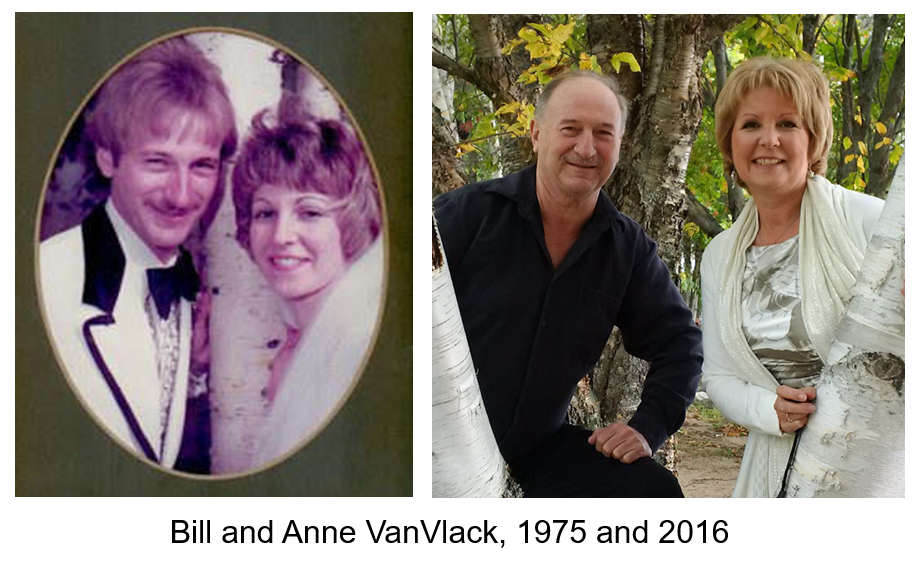By Anne Bongard VanVlack
Unbeknownst to us, our lives were intricately woven into the fabric of Lake Ontario's currents and the mysterious pull of the Marysburgh Vortex.
A Fleeting First Encounter
My journey into Bill's life, my future husband, began in a fortuitous way. In the summer of 1972, I was on Prince Edward Bay, fishing near our family's cottage at Morrison's Point. Bill was speeding around in a boat near his uncle Jack Lyons' cottages in Waupoos. Our paths briefly crossed in the bay—a fleeting encounter as Bill's boat circled mine. There was a mix of annoyance and curiosity as he glanced at my boat. This casual meeting left a lasting memory and would lead to a deeper connection.
A Second Encounter that Lasted 50+ Years
The next chapter of our story unfolded over fifty years. During my teens, I worked part-time at Vince's Farmers Market in Picton, where Bill would come to deliver apples from his family's orchard. Recognizing him from our earlier encounter, I forgave his earlier cheekiness, setting the stage for our eventual marriage three years later.
Our Family's Mutual Heritage With the Lake
Our shared history with Lake Ontario runs deep through both the Bongard and VanVlack families. Water is integral to my Bongard heritage, with generations of ancestors immersed in maritime activities. My father, once a sailor, turned to land life after my birth. The fishing skiff at our family cottage, crafted by my father and grandfather, carries memories of their dedication. My grandparents, former lighthouse keepers at Main Duck Island, were commercial fisherpeople, etching memories of shorelines and fishnets in my mind.
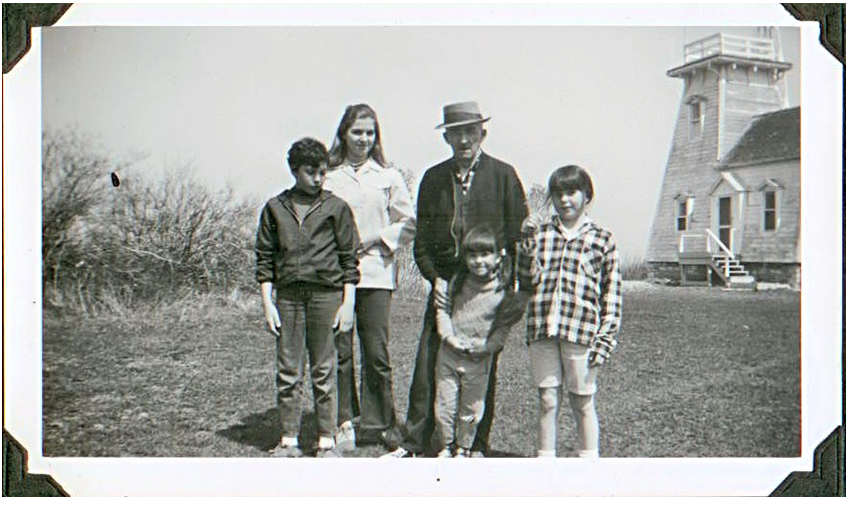
(Shown above) Anne, second from left with sisters and paternal grandfather Gerald Bongard at Point Traverse lighthouse. My grandparents had been lighthouse keepers at Main Duck Island and they fished commercially — I have faint memories of Grandpa checking fishing lines along the gravelly shorelines of South Bay, and the smell of fish nets drying in the sun. Generations before them had also eked out a living from the lake.
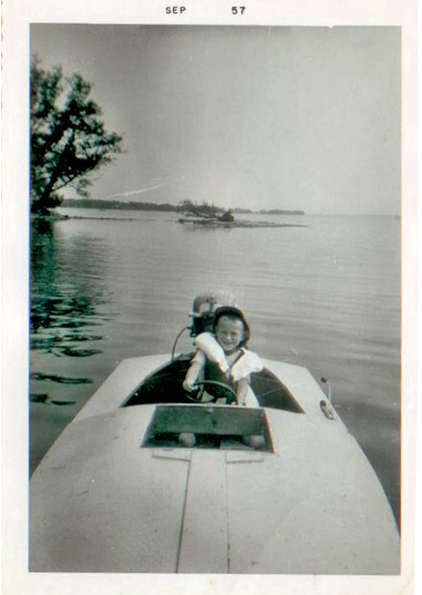
Bill's heritage also centres on Lake Ontario. His family has a strong connection to its waters, with his father and uncles engaging in boating and racing. The legacy of his namesakes, a sailor uncle and a ship captain great-grandfather, underscores his family's deep bond with the lake.
(Shown at left) Bill started boating at an early age. He was 6 years old in this photo.
Bill’s namesakes are his maternal uncle Willis Lyons (a sailor, shown at left), and his paternal great-grandfather William VanVlack (a ship captain, known as Captain Bill, shown at right).
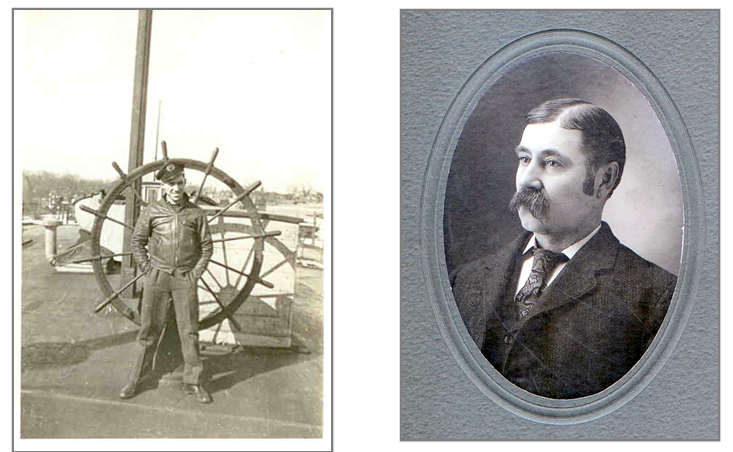
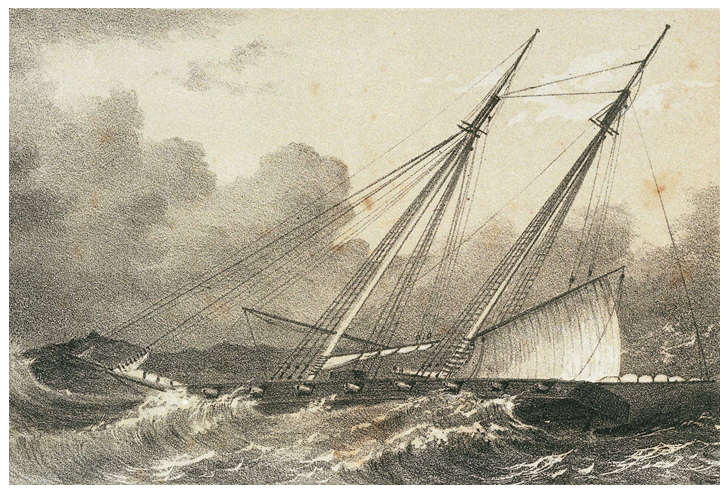
In December 1882, Capt. William VanVlack, Bill's great-grandfather, was at the helm of the schooner Eliza Quinlan. Laden with coal, the ship ran aground on Poplar Bar near Point Traverse Lighthouse due to high winds, fog, and snow. The Marysburgh Vortex's pull might have contributed to their misdirection.
An account of the shipwreck from the book by Hugh F Cochrane "Gateway To Oblivion 1980"
The first sign that the Quinlan was destined for a bizarre fate occurred shortly after the vessel had cleared the American shore and sailed into a fog bank. Such conditions are not too unusual in these waters during the late fall. But the seamen themselves admitted that this was an unusually thick fog, which shrouded the vessel in a wet gray blanket. With this came a rapid drop in temperature and snow crystals began to form, quickly coating the decks and hatches with a thick layer of white. Waves began to rise around the vessel and their battering became a savage fury few had ever witnessed. Thunderous waves continued to smash her hull and drive her on before the fury of the storm, and there was no telling in which direction the Quinlan was headed, for her compass had suddenly ceased to function, its needle turning lazily in its case. Lashed from all directions, the ship plummeted on, her route totally out of the control of human hands.
Shortly before noon the Quinlan slammed into the Marysburgh shore. Her masts had been snapped off, and her hull was split as violent waves pounded her to pieces on the rocks. Powerless to stop the destruction, the crew hung on to what was left of the ship while witnesses gathered on the shore frantically trying to rescue the exhausted seamen from the wreckage.
A Daring Rescue
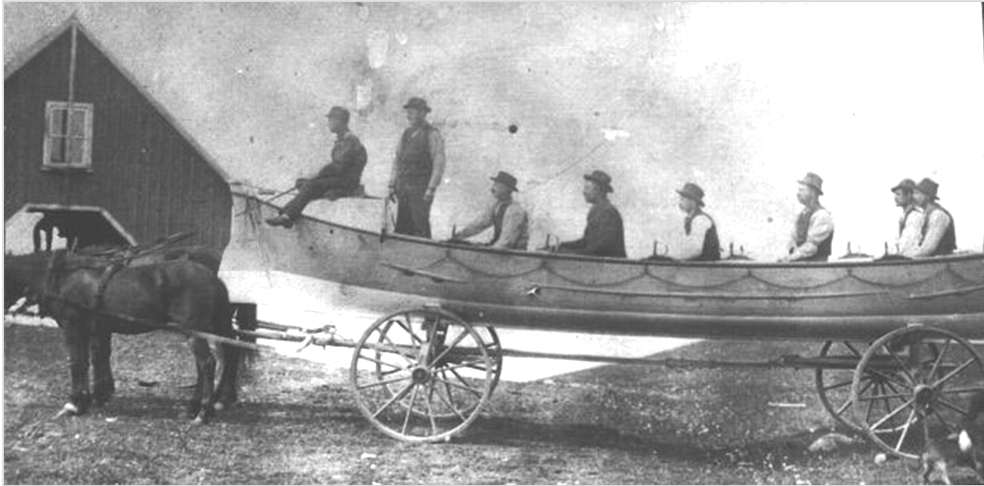
The schooner faced peril from pounding waves, isolated for hours until local fishermen from the Point Traverse lifesaving station reached them, braving the elements for a daring rescue. This act saved lives and unknowingly secured future generations.
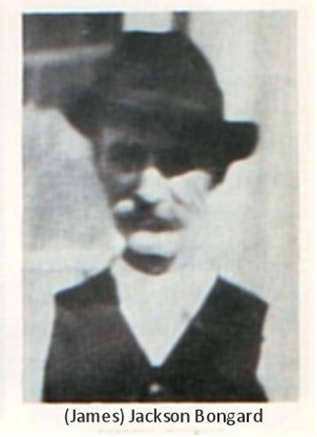
This account from the British Whig (Kingston) highlighted the courage of my great-great-grandfather, Jackson Bongard (shown at right), who played a crucial role in the rescue.
The British Whig, December 9, 1882, reported that “… before their rescue the crew were in a most perilous position for several hours but were eventually rescued through the gallant efforts of Mr. Jackson Bongard, of Long Point, and a picked crew, who heroically manned a fishing boat and brought them safely to shore. A lake captain expressed the belief that no other men could have accomplished the perilous undertaking. …”
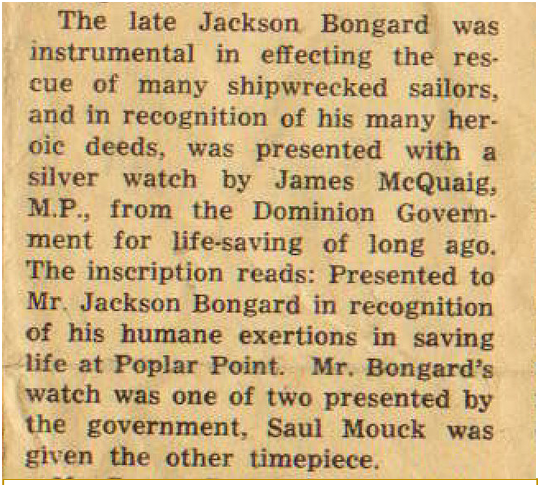
Extract from an article by Willis Metcalfe, local marine historian
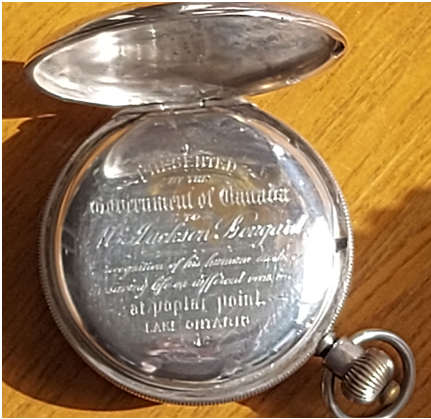
Impact of the Rescue on Future Generations
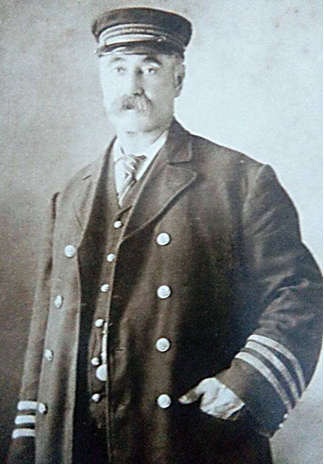
The ripples of this event shaped destinies.
Capt. William VanVlack's life continued, and Bill's existence owes itself to this rescue.
Jackson Bongard's pocket watch remains a Bongard family heirloom, and Bill possesses an engraved crystal shot glass from Capt. Bill.
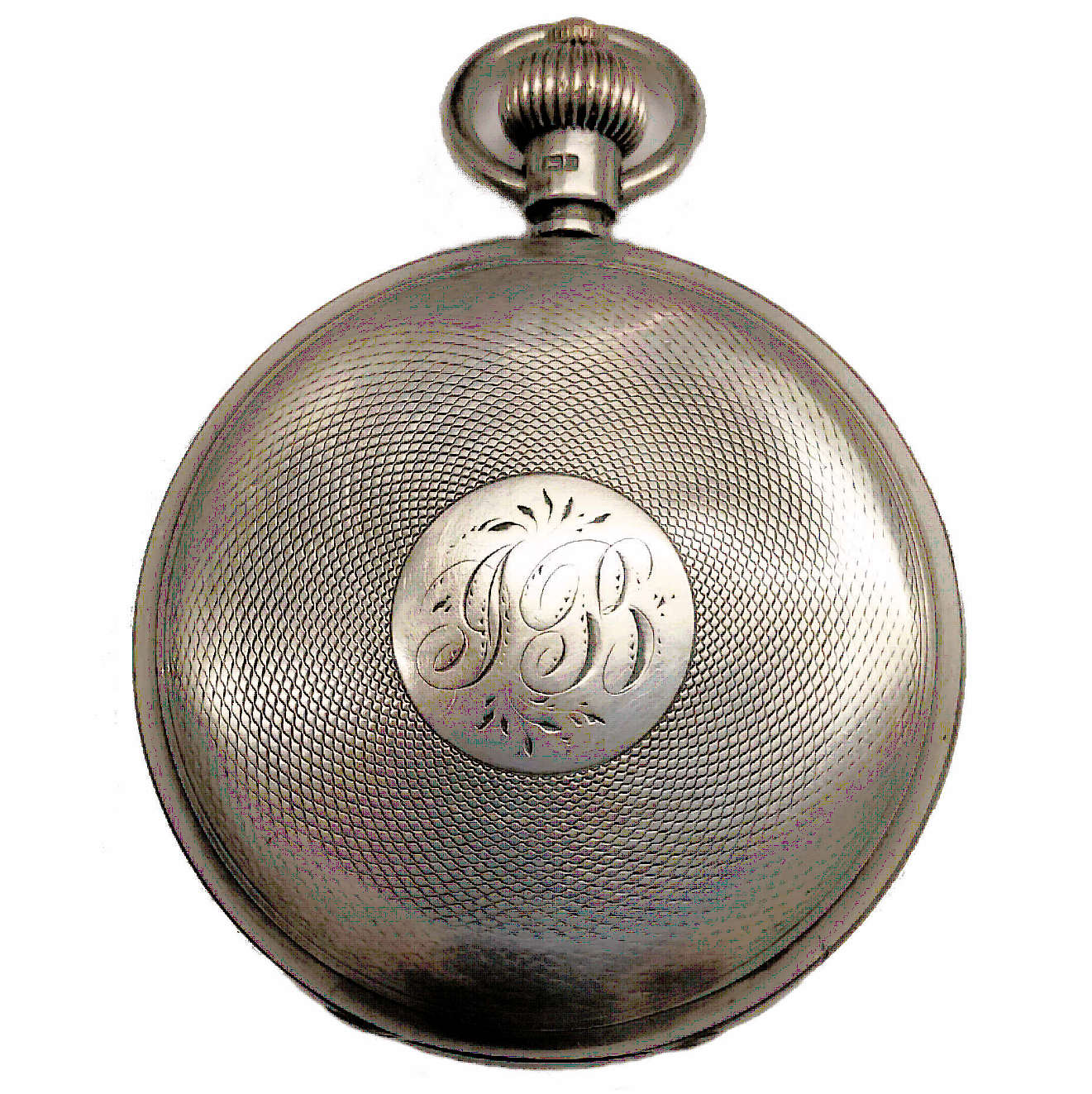
Jackson Bongard’s pocket watch has been passed down through the generations. It is currently in my possession.
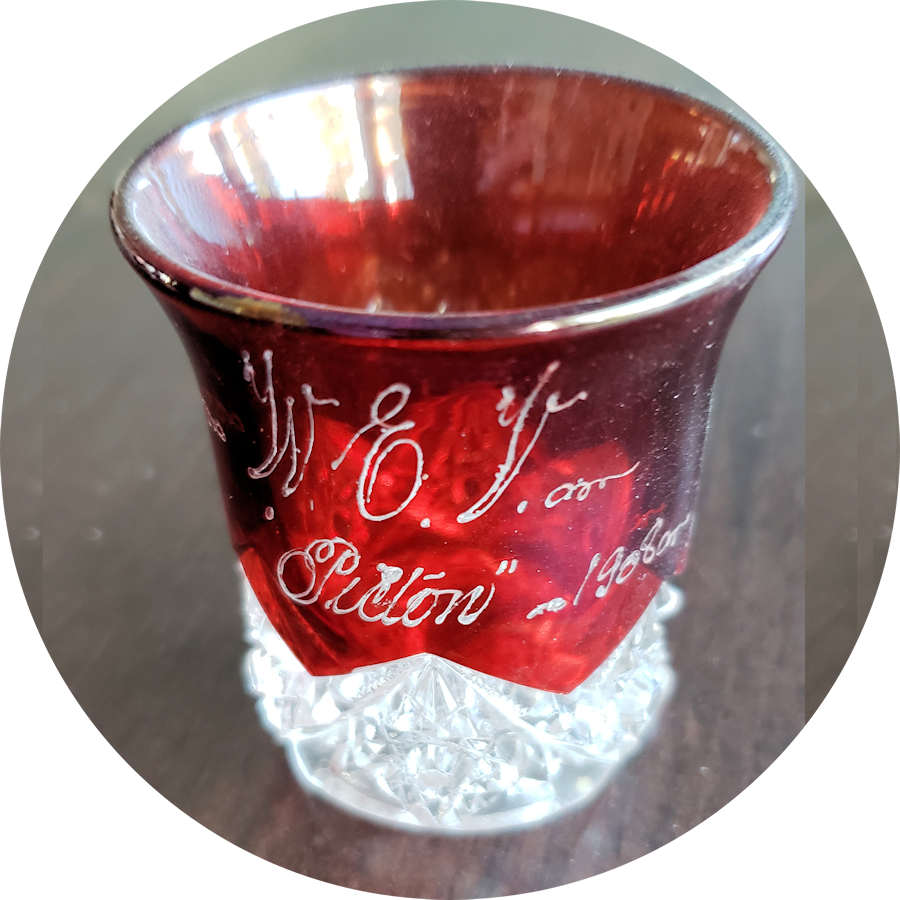
Bill has inherited Capt. Bill’s engraved crystal shot glass.
Did our initial meeting occur by chance, or was it destined to carry forward a legacy? Our bond, woven through the waters of Lake Ontario, unites a shipwreck's past with the present and the days yet to come.

